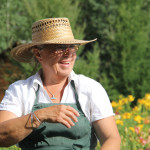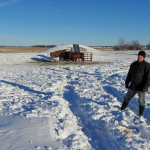Three things to read in your grain contract

Free grain-grading program arms farmers to better market their crop
The Canadian Grain Commission’s sampling program takes the guesswork out of grain grading

Making the Grade: Does your grain have what it takes to hit No. 1?
The word ‘subjective’ comes up a lot — here’s what you need to know about main grading factors for canola, wheat, and malt

Landscape crops lucrative for Alberta growers
Two central Alberta farmers have branched out into a fast-growing niche market — landscape plant production

Watch what you spray — or the entire grain industry could pay
Grain buyers are testing pesticide residues like never before

Doing the right thing — and getting paid for it
ALUS program shares cost of stewardship projects with farmers

In deciding when to desiccate, crop maturity trumps harvest timelines
The Canola Council of Canada’s Spray to Swath calculator shows just how long to wait after spraying a desiccant or other pre-harvest chemical

Start small when straight cutting canola for the first time

Crack open some pods before swathing canola this year, says agronomist
The ideal time to swath canola is when 60 per cent of seeds have changed colour — but 30 per cent is more realistic for large acreages

Measuring harvest loss the first step to managing it
Save big bucks by measuring harvest waste, calculating the loss, and adjusting harvest management practices accordingly

